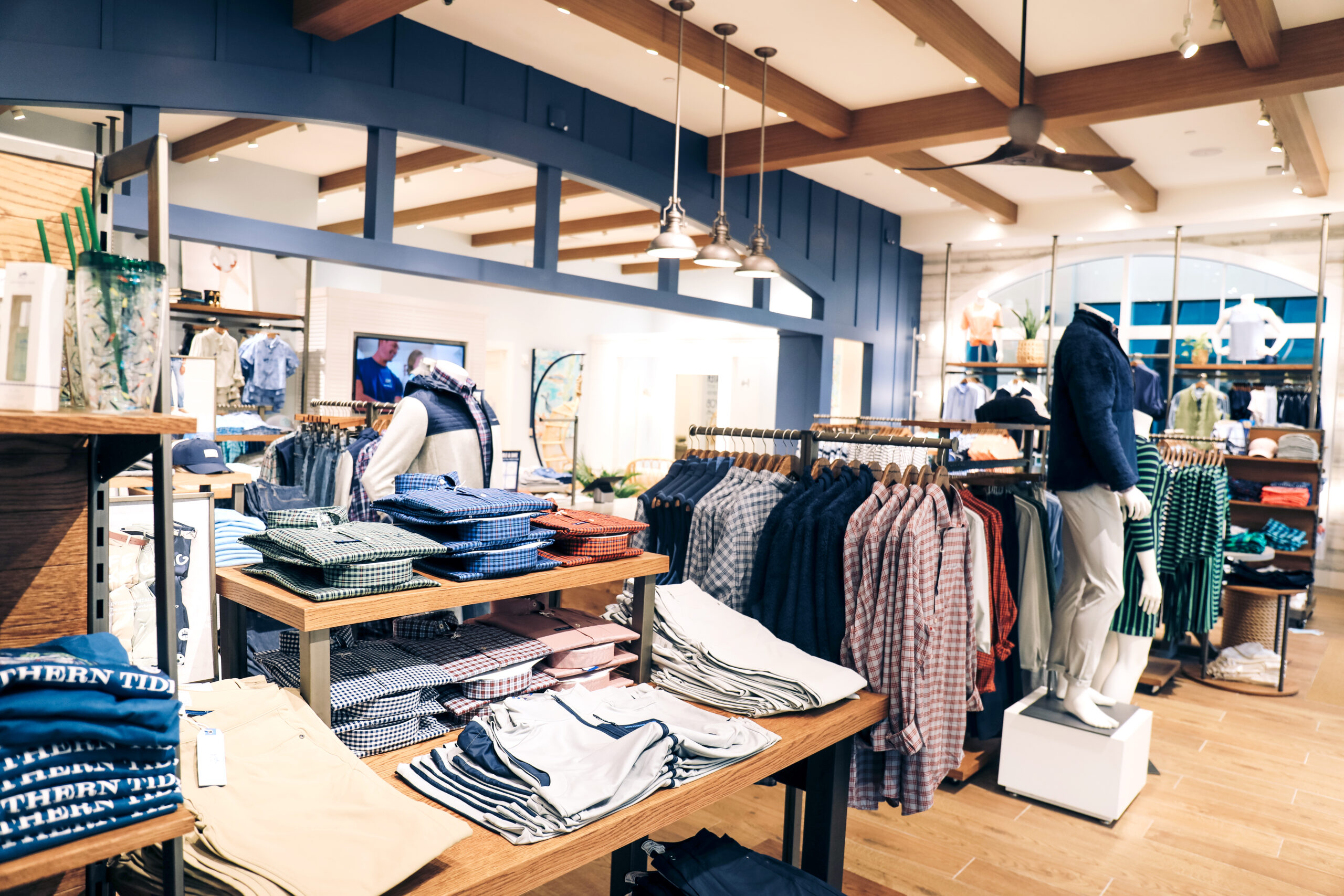Many high street stalwart department stores are facing continual challenges to remain relevant in today’s evolving market. The competition is becoming greater from online shopping to new brick-and-mortar boutiques and discount retailers, forcing department stores to reinvent themselves or close locations.
With a disappointing sales drop in the first quarter of 2019 for J.C. Penney, Nordstrom and Kohls, department stores are struggling to compete. They have lost some of their relevance to younger customers, so it’s no surprise that companies are now looking at remodeling their space. Retailers need to give customers compelling reason to visit their store and shop.
With the revolutionized online shopping experience, consumers aren’t looking to browse and window shop, unless it comes with an engaging experience. Retailers need to make sure their ecommerce site works together with their physical location. Modern consumers are utilizing multiple channels and devices in their shopping journey and using computers, phones and tablets to research and buy products. They expect a personalized shopping experience that adopts technology and real-time and enables them to shop across physical and digital channels smoothly.
Companies need to consider incorporating mobile and online shopping into brick-and-mortar stores to enhance customer experience. They need to bleed the digital information from their ecommerce websites into the product experience in-store. It’s crucial to develop a complete sensory experience that satisfies all areas of the brain. For example: Nike added large touchscreens in some of their store locations that allows customers to browse Nike.com and order products on the spot.
Each department store faces their own set of obstacles, but the common issue seems to be the shortage of shopper foot traffic. Consumers are looking for an elevated shopping experience and big brands need to steer away from the traditional store shelves and design displays that integrate the products into the space. Department stores need to develop a design that will attract consumers into the space and keep them engaged until final purchase.
Today, Instagram is blowing all social media platforms out of the water and the younger, more socially savvy shoppers are looking for spaces that are “instagrammable.” Interior design is extremely important and beneficial for retailers and creating a significant space for Instagram photos can increase the opportunity for advertising and sales. Department stores need to revamp themselves for today’s consumer and create designs that engage the younger generations. They should also encourage customers to post photos of their space as the internet is an extremely powerful tool. However, even though Instagram is popular and creates awareness, retailers need to keep in mind that they also want to develop a space that will inspire customers to explore.
Target is a good example of a discount store that transformed themselves into a swanky, one-stop destination. The store continually makes a comeback with its fun, energetic atmosphere. They look to satisfy needs that simplify their customers’ life with a space that is easy to maneuver through and provides products that are affordable. Department stores haven’t addressed the fundamental weaknesses of their business strategy the way Target has done. It’s no longer about the promotions retailers have to offer when discount retail stores (Marshalls, HomeGoods, HomeSense, etc.) are becoming more and more popular.
The consumer journey will look very different five years from now. As retailers are understanding the consumer preference and shopping habits, they will learn that revamping department stores for a more intriguing layout is the way to go. In fact, physical retail isn’t completely dead. People are forgetting that about 91% of all retail sales still occur in brick-and-mortar locations. Even with the continued rapid growth of online shopping, it’s estimated that more than 80% of shopping will still ensue in physical retail stores in the year 2025. However, brick-and-mortar stores need to focus on quality service, must-have products, remarkable experiential shopping, great customer service, exquisite store layouts and digital channels in order to survive.




